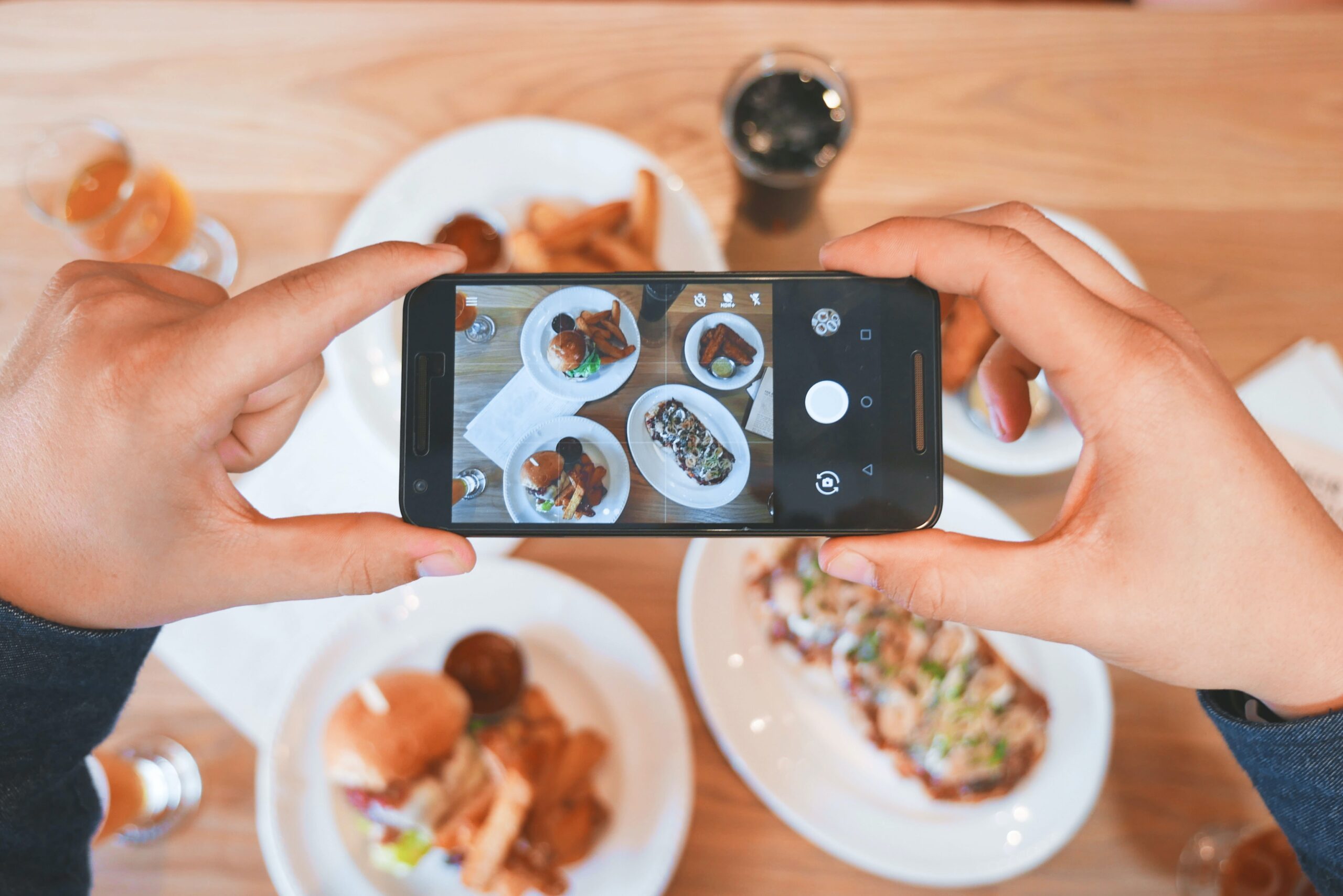Social media platforms are indispensable tools for small businesses looking to expand their reach, attract new customers, and build relationships with existing ones. By understanding and employing demographic and geographical audience targeting, managing costs effectively, and choosing the right strategy for your needs, you can leverage these platforms for remarkable business growth.
Harnessing Social Media for Small Business Growth: Tactics, Targeting, and Cost-Effective Campaigns
Introduction
Small businesses continue to leverage social media platforms as cost-effective means to engage their audiences, drive growth, and foster brand loyalty. With over 3.6 billion users worldwide, platforms like Facebook, Instagram, Twitter, LinkedIn, and Pinterest present unprecedented opportunities to reach local and global markets. However, The key to success lies in effectively targeting demographic and geographical audiences, creating engaging content, and tailoring your social media strategy to align with business objectives.
Demographic and Geographical Audience Targeting
The first step to effective social media marketing is understanding your target audience. Social media platforms have intricate systems for demographic targeting, allowing businesses to reach specific age groups, genders, occupations, and interests. For example, a local women’s boutique may target women aged 18-34 interested in fashion within a 30-mile radius. Similarly, a car dealership may focus on men and women aged 24-54 in the local city and its suburbs.
Geographical targeting is particularly beneficial for small businesses seeking to make an impact within their community. You can narrow down your audience to your city or state, ensuring that your ads reach potential customers in your locality. For instance, a farm-to-table restaurant in Seattle might use geographical targeting to reach food enthusiasts in the Pacific Northwest, thus optimizing their advertising spend and increasing the potential for in-person visits.
Cost and Potential Return
Social media advertising offers a flexible and scalable solution for small businesses. The cost can be as little as $1 per day on platforms like Facebook and Instagram. These platforms employ a bidding system for ad placement so that costs can vary based on factors like ad quality, relevance, and the competitiveness of your target audience.
The potential return on investment (ROI) for social media advertising can be significant. In 2022, businesses made an average of $5.20 for every dollar spent on Facebook ads. Moreover, 75% of customers said they use social media as part of their buying process. When designed and executed correctly, campaigns can drive traffic, generate leads, and convert followers into loyal customers.
DIY Posting vs. Hiring a Digital Marketing Firm
Small business owners can manage their social media presence or hire a digital marketing firm to run their campaigns. Doing it yourself can be cost-effective and allows you to connect personally with your audience. However, it requires time, effort, and an understanding of each platform’s algorithm.
Alternatively, hiring a digital marketing firm can offer expert guidance, a professionally crafted strategy, and detailed analytics. Firms can also save you time, allowing you to focus more on running your business. These services can range from $1,000 to $20,000 per month, depending on the size and scope of your campaigns.
15 Must-Use Hashtags
Including popular, relevant hashtags in your posts can significantly boost their visibility. Here are 15 top hashtags for small businesses:
#SmallBusiness
#SupportLocal
#ShopLocal
#SmallBiz
#Entrepreneur
#BusinessGrowth
#DigitalMarketing
#BusinessOwner
#Success
#MarketingTips
#StartupLife
#BusinessGoals
#CustomerLove
#BrandAwareness
#CommunityOverCompetition
Conclusion
Social media platforms are indispensable tools for small businesses looking to expand their reach, attract new customers, and build relationships with existing ones. By understanding and employing demographic and geographical audience targeting, managing costs effectively, and choosing the right strategy for your needs, you can leverage these platforms for remarkable business growth. Remember to measure your results and adjust your strategy to maximize your ROI.
While the prospect of advertising on social media may initially seem daunting, the potential rewards are substantial. Whether via DIY posting or enlisting the help of a digital marketing firm, a well-executed social media strategy can elevate your business to new heights.
Keywords: Small Business, Social Media Marketing, Demographic Targeting, Geographical Audience Targeting, Cost-Effective, Advertising, ROI, Digital Marketing Firm, Hashtags, Business Growth, Local Community, Customer Retention, Brand Loyalty, Facebook, Instagram, Twitter, LinkedIn, Pinterest.


